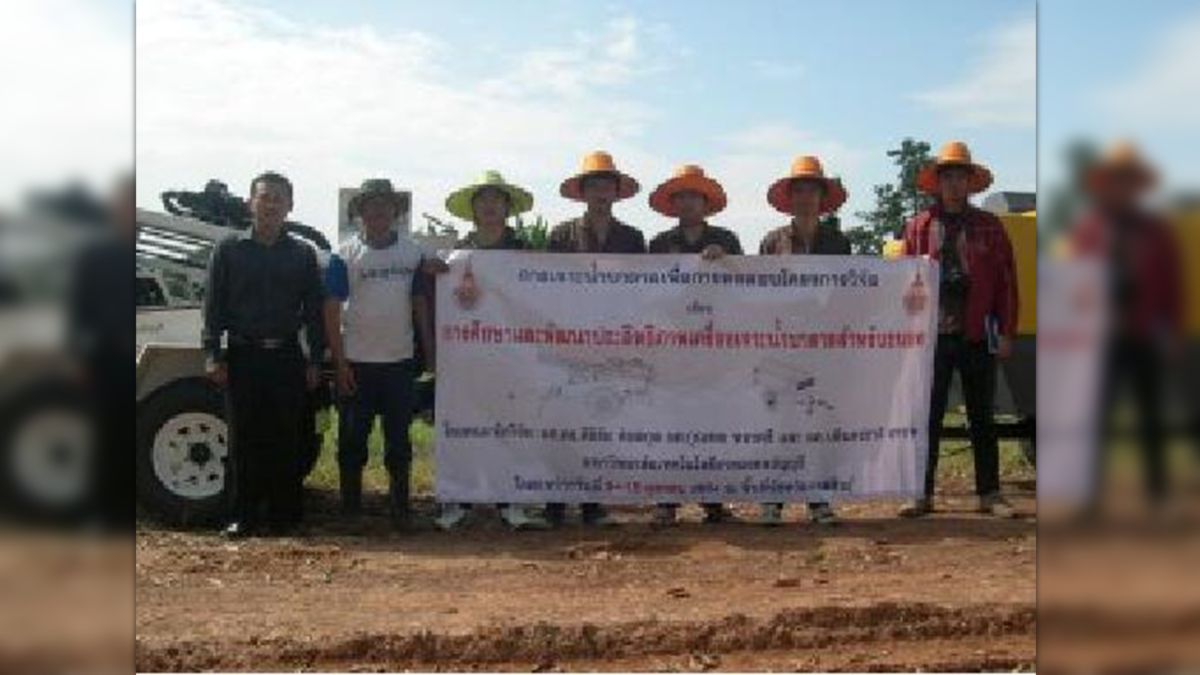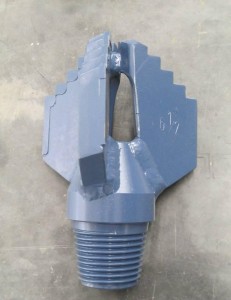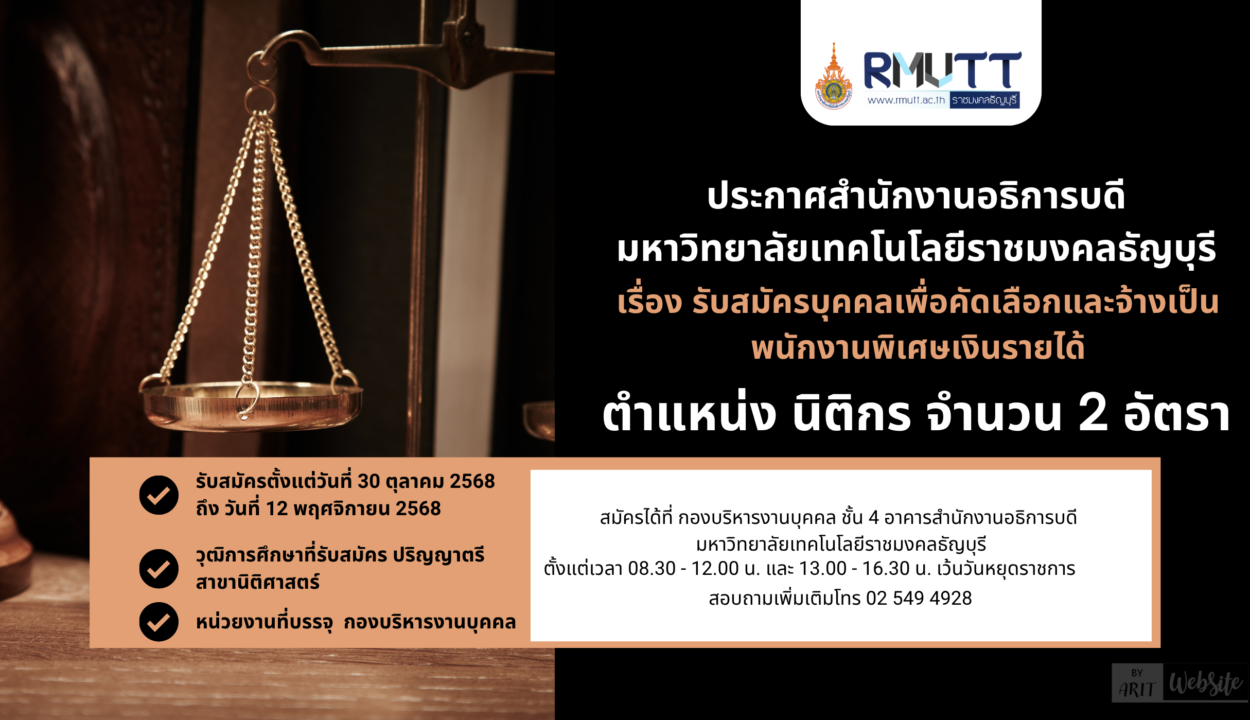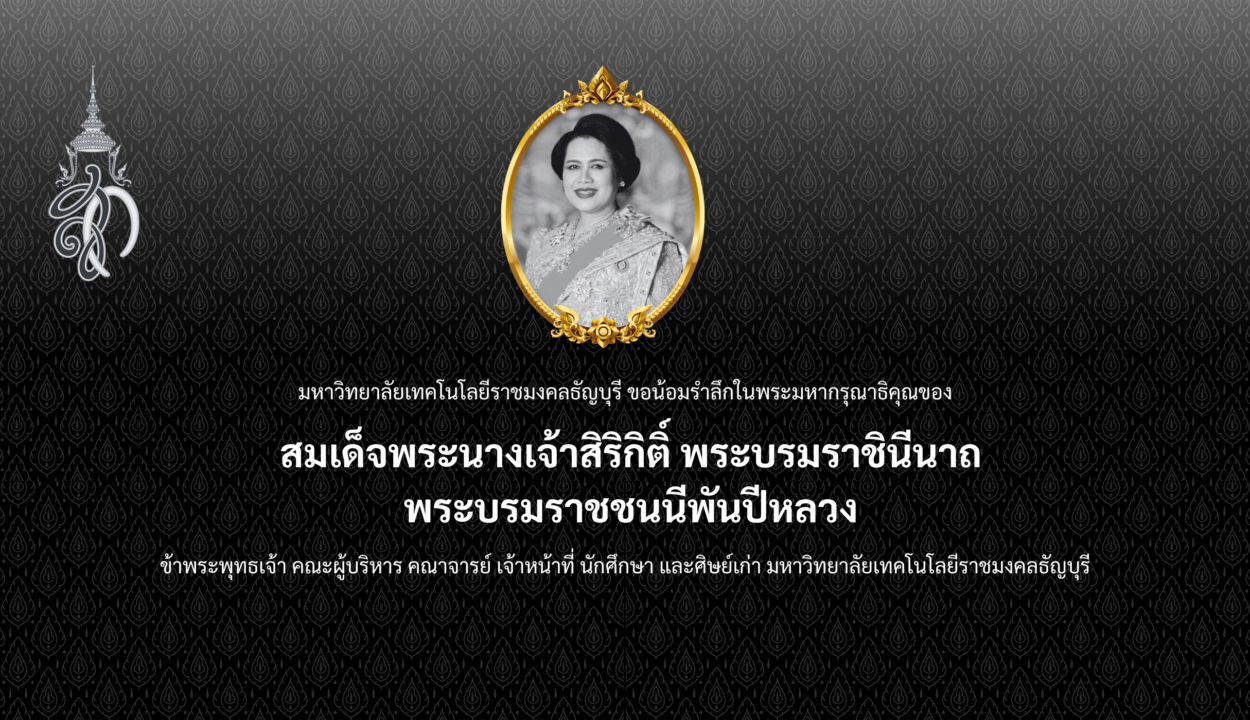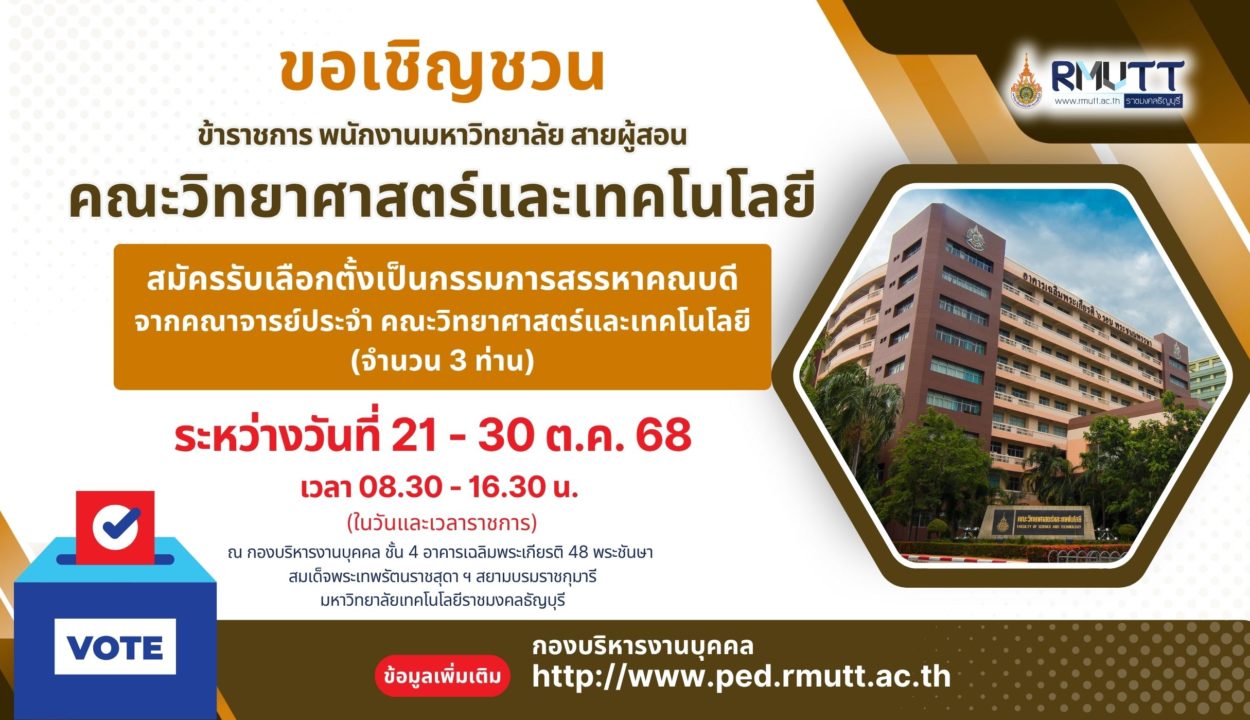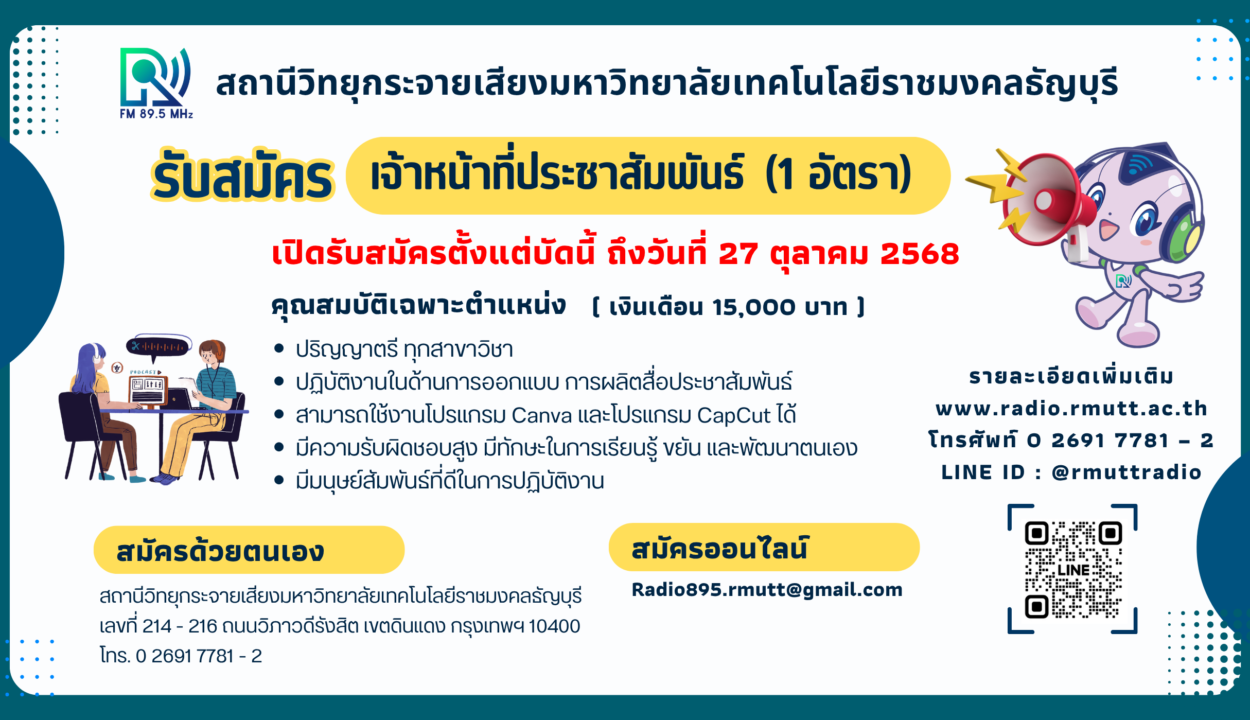มทร.ร่วมกับบริษัทเอกชน พัฒนาเครื่องขุดเจาะน้ำบาดาลเพื่อพื้นที่แห้งแล้งภาคอีสาน
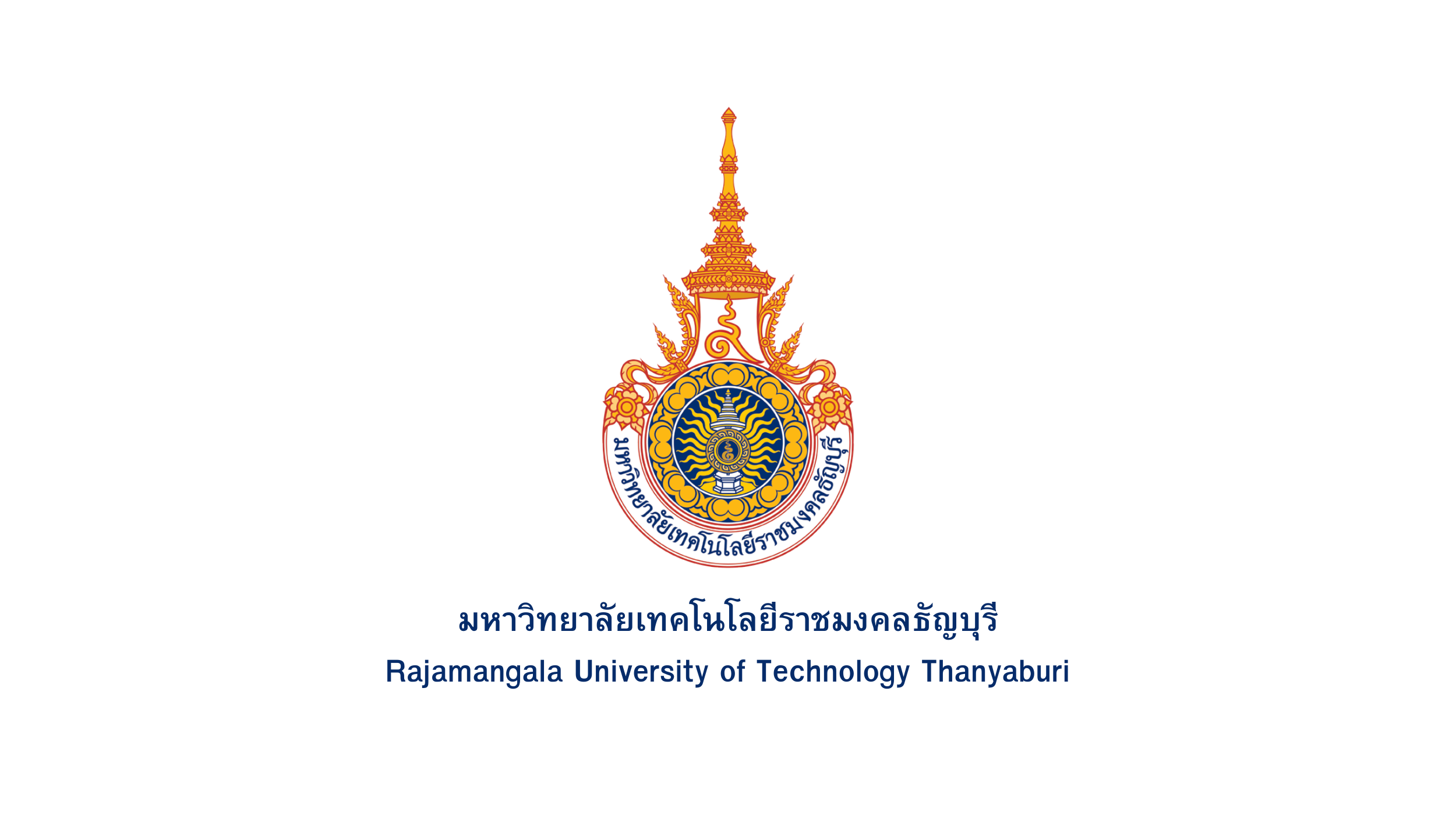
ศิลปกรรม มทร.ธัญบุรี เปิดบ้านปฏิบัติการสร้างสรรค์นานาชาติ
15 สิงหาคม 2012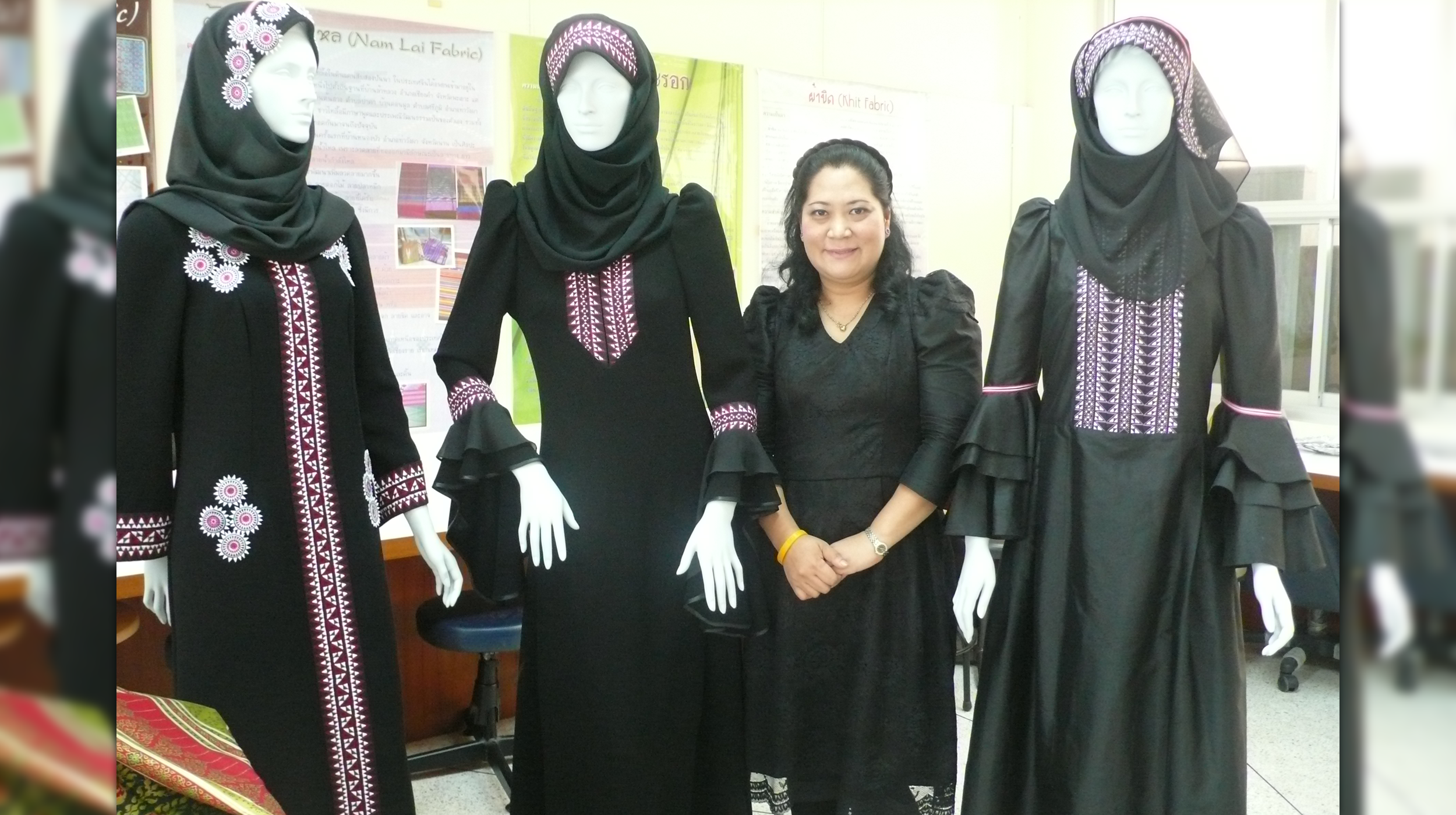
มทร.ธัญบุรี ไอเดียสุดเก๋ ดึงผ้าจากชาวเขา มาผสานการออกแบบชุดสาวมุสลิมสุดอย่างงดงาม
17 สิงหาคม 2012ปัจจุบัน แม้ว่าประเทศไทยจะประสบกับปัญหาน้ำท่วมแทบจะทุกพื้นที่ในฤดูฝนของทุกปี แต่เมื่อหมดฤดูฝน ในบางพื้นที่ก็ยังต้องประสบกับปัญหา ฝนแล้งซ้ำเติมเข้าไปอีก โดยเฉพาะพื้นที่ทางภาคอีสาน ที่ขาดแคลนทั้งน้ำสำหรับทำการเกษตรและสำหรับการบริโภค ในการแก้ปัญหาอีกทางหนึ่งคือการขุดน้ำบาดาลจากใต้ดินขึ้นมาใช้ แต่ปัญหาที่พบสำหรับการขุดเจาะน้ำบาดาลคือ อุปกรณ์สำหรับขุดเจาะที่ที่มีประสิทธิภาพ และเพียงพอต่อกำลังทรัพย์ของประชาชนผู้เดือดร้อนและต้องการน้ำใช้
ด้วยเหตุนี้เอง ที่มหาวิทยาลัยเทคโนโลยีราชมงคลธัญบุรีโดยคณะนักวิจัยประกอบด้วย ผศ.ดร.ศิริชัย ต่อสกุล ผศ.กุณฑล ทองศรี และผศ.บดินทร์ชาติ สุขบท ร่วมกับ บริษัท ส่งเสริมเทคโนโลยีชนบท จำกัด ได้ศึกษาและพัฒนาประสิทธิภาพเครื่องเจาะน้ำบาดาลสำหรับชนบทเพื่อนำไปใช้งานด้านการเกษตร และอุปโภค บริโภค ให้กับเกษตรกรในพื้นที่จังหวัดกาฬสินธุ์ จนเป็นผลสำเร็จ หวังเพื่อลดการนำเข้าเครื่องจักรที่มีราคาแพงจากต่างประเทศ และช่วยประชาชนในถิ่นทุรกันดารอย่างทั่วถึง
ทีมนักวิจัยผู้เป็นเจ้าของโครงการเปิดเผยว่า โครงการนี้เป็นโครงการศึกษาและพัฒนาประสิทธิภาพเครื่องเจาะน้ำบาดาลสำหรับชนบท ซึ่งประกอบด้วยชุดเครื่องจักร 2 เครื่อง หรือเครื่องเจาะบาดาล ได้แก่ เรือนโครง หัวหมุนเจาะขับเคลื่อนด้วยมอเตอร์ไฮดรอลิค เครื่องยนต์ต้นกำลังเป็นเครื่องยนต์ดีเซล ก้านเจาะขนาดเส้นผ่านศูนย์กลาง 2 นิ้ว ปั๊มดูดน้ำโคลนขับเคลื่อนด้วยมอเตอร์ไฮดรอลิก และเครื่องอัดลม (Air Compressor) ชนิดลากจูง ขนาดแรงดัน 12 บาร์
โดยเฉพาะหัวเจาะ ที่ได้ออกแบบและพัฒนาขึ้นเป็นพิเศษ เพื่อให้มีประสิทธิภาพในการเจาะมากขึ้น คือหัวเจาะแบบ 2 ครีบ ที่ใช้เวลาในเจาะทั้งหมด 139 นาทีต่อบ่อ (2 ชั่วโมง 19 นาที) ค่าใช้จ่ายในการเจาะบ่อบาดาลเท่ากับ 7,490 บาทต่อบ่อ จุดคุ้มทุนของเครื่องเจาะเมื่อใช้หัวเจาะแบบ 2 ครีบ จะมีจำนวนบ่อเท่ากับ 151 บ่อ สำหรับราคาจำหน่ายอยู่ที่ประมาณ 3.0-3.5 ล้านบาท ทั้งนี้ขึ้นอยู่กับขนาดและอุปกรณ์
ทั้งนี้โครงการดังกล่าว จะจัดให้มี พิธีส่งมอบชุดเครื่องเจาะน้ำบาดาลสำหรับชนบทขึ้นที่ ที่ว่าการอำเภอสมเด็จ ถ.ถีนานนท์ ต.สมเด็จ อ.สมเด็จ จ.กาฬสินธุ์ ในวันที่ 26 พฤษภาคม 2555 โดย รศ.ดร. นำยุทธ์ สงค์ธนาพิทักษ์ อธิการบดีมหาวิทยาลัยเทคโนโลยีราชมงคลธัญบุรี เป็นประธานพิธีส่งมอบ และมีนายสมศักดิ์ สุวรรณสุจริต ผู้ว่าราชการจังหวัดกาฬสินธุ์ นายพีระเพชร ศิริกุล สมาชิกสภาผู้แทนราษฎรจังหวัดกาฬสินธุ์ และกลุ่มเกษตรกรในพื้นที่จังหวัดกาฬสินธุ์ร่วมเป็นเกียรติในพิธี
เรียบเรียงข้อมูลโดย : มณีรัตน์ ปัญญพงษ์ กองประชาสัมพันธ์ราชมงคลธัญบุรี
RMUTT Joins hands with the Private Sector in Developing
a Machine for Drafting Groundwater
As a land of agriculture, Thailand’s constant battle with major floods at the end of every rainy season has caused so much damage to the country’s economy. Besides the floods, some areas, particularly the northeastern region, are also prone to draughts, leaving a large part of arable land unusable. One solution to help farmers survive through draughts is to draft groundwater, for usage in farming as well as within the household.
The problem is the cost of drilling into the ground is very high, and there’s also a lack of efficient drilling machine. To solve this problem, a team of researchers from RMUTT, comprising Asst. Prof. Dr. Sirichai Tor-sakul, Asst. Prof. Kunthon Thongsri and Asst. Prof. Bodinchart Sukabot, in collaboration with Promotion of Appropriate Technology Co., Ltd., conducted a study and developed a driller with improved efficiency for usage in the agricultural sector in Thailand’s countryside. The objective of this collaboration is to invent a quality drilling machine to replace imported machines, which are much more costly. A pilot test was carried out in Kalasin Province, with a satisfactory result.
“In this pilot project, the machine comprises the external structure, a hydraulic-powered drill head, diesel-engine motor, 2-inch spindle, hydraulic-powered mud pump and 12-bar air compressor,” said the team. The drill head’s special design can achieve up to 139 minutes (2hrs 19mins) per well, at the cost of 7,490 baht per well. The break-even point is at 151 wells, and the machine is priced at 3.0-3.5 million baht, depending on the size and equipment.
The handoff ceremony took place on 26 May 2012, at Somdej District, Kalasin Province. RMUTT’s President, Assoc. Prof. Dr. Numyoot Songthanapitak presided over the ceremony. Also present were Kalasin’s Governor Somsak Suwannasujarit, Member of Parliament Peeradej Sirikul and members of the local agricultural communities.

